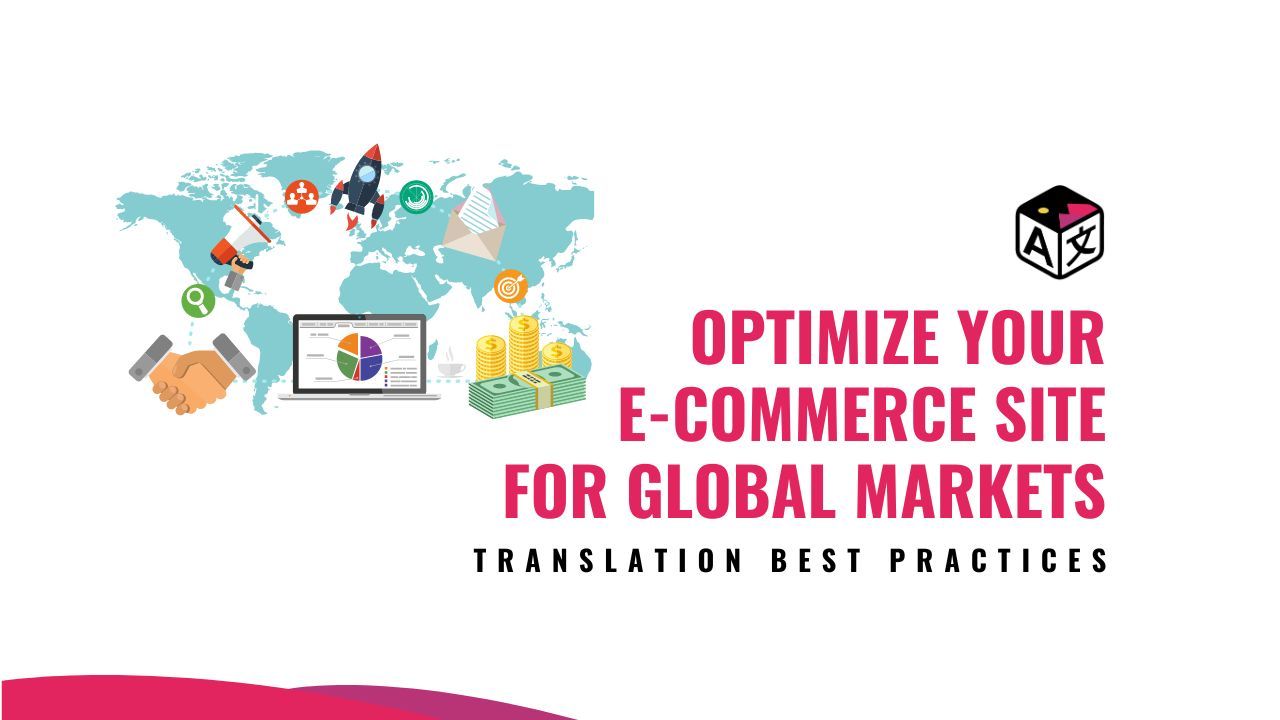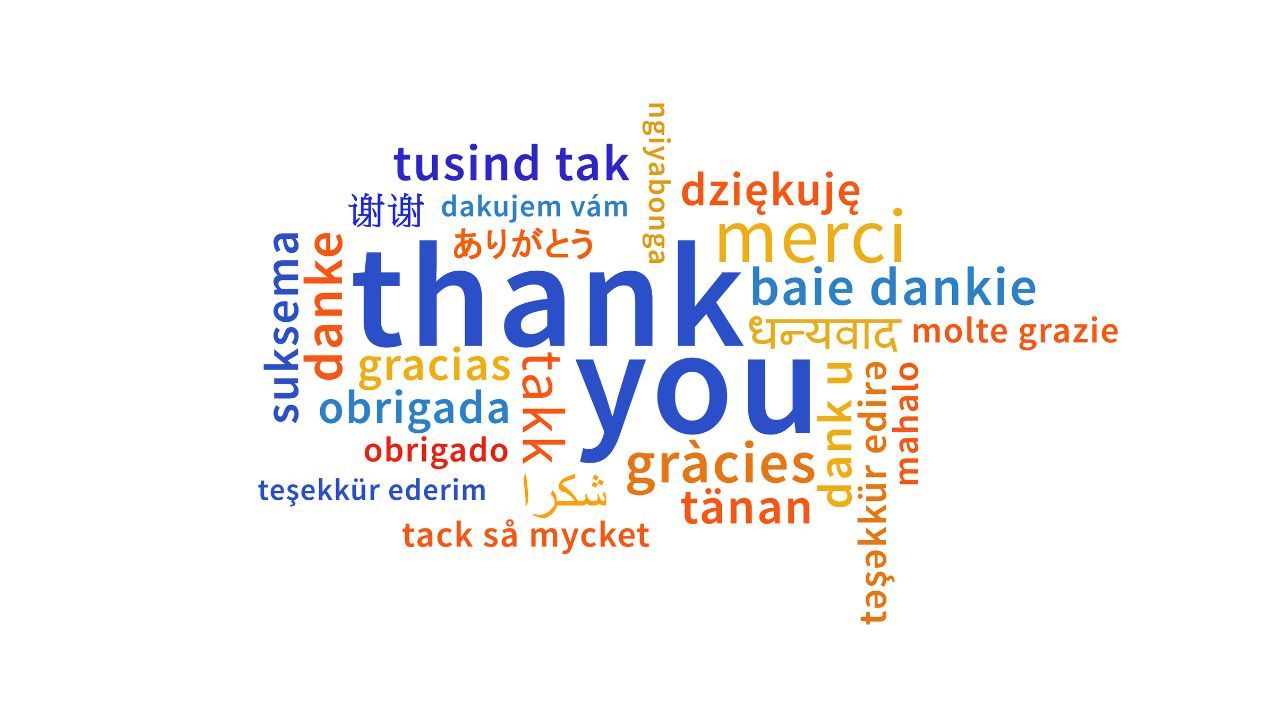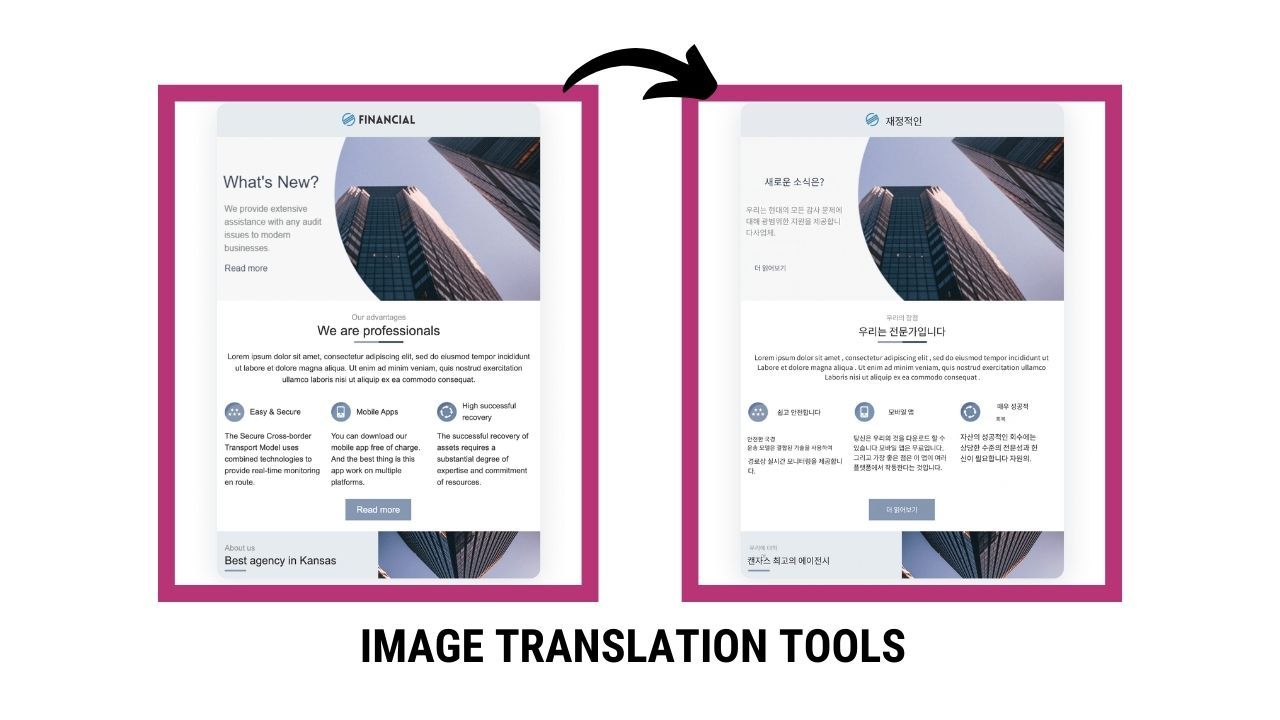Optimize Your E-Commerce Site for Global Markets: Translation Best Practices

One of the most common challenges an ecommerce business faces entering a new regional market is the language barrier. According to a recent survey, 76% of online shoppers prefer shopping on websites in their local language. It increases their trust in the site and motivates them to recommend it to others. Therefore, as a business owner, it is critical that you offer a consistent shopping experience across multiple languages to acquire and retain customers globally.
Best Practices for Translating Your E-Commerce Site

Understand the Cultural Context
Translation goes beyond simply converting words from one language to another. It's essential to understand the cultural context of the target audience. What may be acceptable in one country might be offensive in another. For example, colors, symbols, and phrases hold different meanings across cultures. Learning these sensitivities is crucial before translating your ecommerce website to fit specific regions, ensuring your content resonates with local users.
Invest in Professional Translation Services
While tools like Google Translate and AI image translator APIs have advanced, they aren't perfect replacements for professional human translators, especially when dealing with formal or complex content. Professional translators understand context, tone, and cultural nuances, ensuring your message is both accurate and culturally appropriate. This is critical for important content like product descriptions, terms and conditions, and customer support materials.
Use Image-Based Translation Tools
A great way to enhance your ecommerce website for international markets is by leveraging image translation tools. These tools allow you to translate images into English (or other languages), which is particularly useful for translating product labels, banners, or infographics. Google Translate's picture translation allows you to translate text from photos in various languages. For example, if your product labels are in Japanese, and you need to translate the picture online into English, Google Translate can simplify the process and make your content accessible to a broader audience.
Optimize for Multilingual SEO

For your ecommerce business to thrive in international markets, it must be visible in search engines across different countries. This requires multilingual SEO optimization. Start by gathering keyword lists for each target market, ensuring you select relevant keywords in the local language. Incorporate these keywords into your content, meta descriptions, and alt tags. Create subdomains or language-specific versions of your e-commerce website to optimize for regional search engines. Implementing hreflang tags helps search engines know which version of the site to show based on the user's location. Ensure your URLs are clean, user-friendly, and optimized according to SEO best practices.
Consider Local Payment Methods
Different regions have different payment preferences. While credit cards are widely accepted, online wallets, bank transfers, or cash on delivery (COD) may be more popular in specific markets. Offering local payment options improves user experience and creates trust among international customers, increasing your site's conversion rates.
Test and Iterate
The process of optimizing your e-commerce website for global markets is ongoing. Regularly test translated content, page load times, and user experience. Utilize tools like Google Analytics, Hotjar, or Adobe Analytics to track metrics like bounce rates, conversion rates, and average order value for each regional version of your site.
Leveraging Technology for Efficient Translation
As e-commerce companies expand globally, technology offers powerful tools for translation. Here are some tools and techniques that can help translate your website into different languages:
ImageTranslate

ImageTranslate is a versatile tool designed to help translate various forms of documents and images. Whether you're launching a new product or need to translate a product label into another language, you can use this tool. ImageTranslate is particularly effective for e-commerce businesses looking to maintain their design while translating content like PDFs, infographics, marketing banners, or product labels. ImageTranslate ensures accuracy and readability, making your content accessible to a global audience. Try the tool for free to evaluate how it can be helpful for you.
Translation Management Systems (TMS)
If your e-commerce site has extensive content, a Translation Management System (TMS) like Localize or Memsource can help streamline the translation process. A TMS manages the translation workflow, quality assurance, and version control, making it easier to handle large-scale multilingual content.
In today's globalized world, having a multilingual e-commerce website is essential for business growth. By understanding cultural contexts, using professional translation services, leveraging AI image translator tools, and optimizing for multilingual SEO, you can provide an enhanced shopping experience for international customers. By putting these best practices to use, you can ensure your e-commerce business stands out in global markets, offering both accessibility and engagement.

